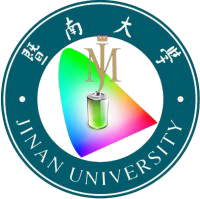Self-powered and broadband germanium/PEDOT:PSS heterojunction photodetectors for near-infrared biomedical imaging applications
2021
期刊
Science China-Technological Sciences
下载全文
- 卷 64
- 期 11
- 页码 2523-2531
- DOI: 10.1007/s11431-021-1922-7
